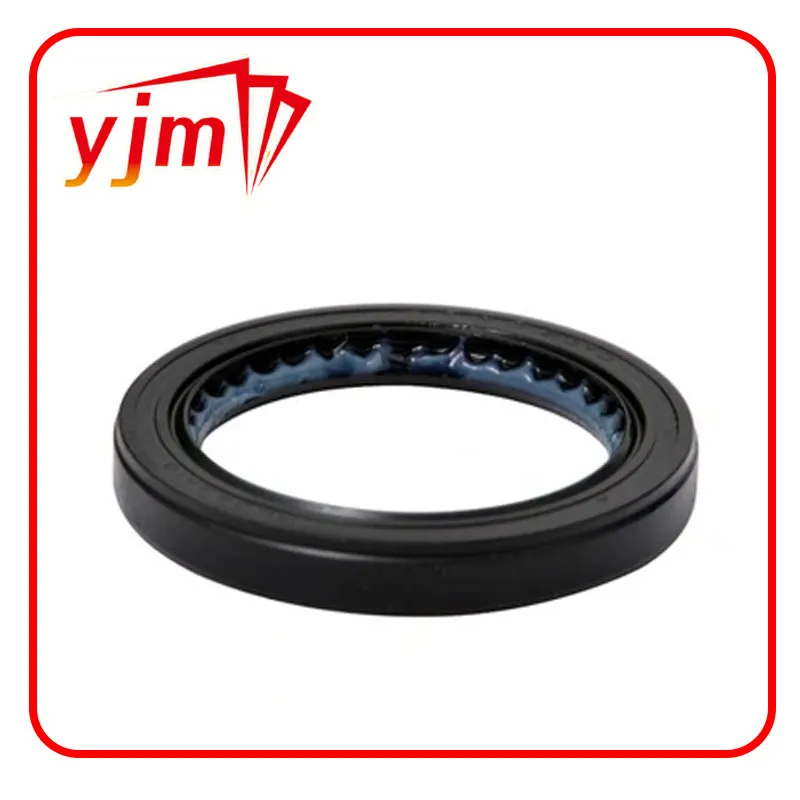manual transmission seal
Understanding Manual Transmission Seals Importance and Maintenance
Manual transmissions are an essential component of many vehicles, providing drivers with greater control over their driving experience. While they are known for their durability and performance, the lifespan of a manual transmission can be significantly affected by the condition of its seals. In this article, we will explore the importance of manual transmission seals, common issues they may face, and tips for their maintenance.
What Are Manual Transmission Seals?
Manual transmission seals are critical parts that help contain the transmission fluid within the gearbox. They are designed to prevent leaks, ensuring that the fluid remains at the correct level for optimal transmission operation. There are several types of seals found in manual transmissions, including output shaft seals, input shaft seals, and auxiliary seals. Each of these seals plays a vital role in the overall functionality of the transmission system.
Importance of Manual Transmission Seals
The seals in a manual transmission serve several key functions
1. Fluid Containment Transmission fluid is crucial for lubricating the internal components, providing a hydraulic medium for shifting, and dissipating heat. Proper sealing keeps this fluid contained, preventing it from leaking out and maintaining the transmission's efficiency.
2. Heat Management Overheating can be a significant issue for manual transmissions. Seals that are in good condition help maintain the proper fluid levels, which in turn aids in dissipating heat generated by friction and mechanical operation.
3. Performance and Longevity A leaky seal can lead to a drop in fluid levels, resulting in inadequate lubrication. This can cause increased wear and tear on components, ultimately leading to transmission failure. Keeping seals in good condition is vital for the longevity of the transmission system.
Common Issues with Transmission Seals
Despite their importance, manual transmission seals can experience wear and tear due to several factors
- Age Over time, seals can become brittle and lose their elasticity. This natural aging process can result in cracks, leading to leakage.
manual transmission seal

- Contamination Dirt, debris, or old fluid can compromise the integrity of seals, causing them to wear down more quickly.
- Improper Installation Incorrectly installed seals can fail prematurely, resulting in leaks and reduced performance.
- Excessive Heat High operating temperatures can degrade the rubber or material of the seals, leading to premature failure.
Maintenance Tips
Regular maintenance of your manual transmission can help ensure the longevity of its seals and overall performance. Here are some tips
1. Regular Fluid Checks Monitor the fluid levels in your manual transmission. If you notice a drop, inspect the seals for any signs of leakage.
2. Change Transmission Fluid Ensure you follow the manufacturer’s recommendations for changing the transmission fluid. Fresh fluid can prevent build-up and contamination that can harm seals.
3. Inspect Seals Periodically During routine maintenance, have a professional inspect the seals, especially during tranny fluid changes or major service intervals.
4. Watch for Symptoms of Failure Keep an eye out for unusual symptoms such as slipping gears, grinding noises, or fluid stains underneath your vehicle, which could indicate seal failure.
Conclusion
Manual transmission seals play a critical role in maintaining the performance and longevity of your vehicle’s transmission system. Understanding their importance and implementing regular maintenance can help avoid costly repairs and ensure a smooth driving experience. By taking the time to care for your transmission seals, you can keep your vehicle running at its best for many years to come.
-
Understanding the Front Main Engine Seal: Purpose, Maintenance, and Installation
News Jul.29,2025
-
Understanding O-Rings and Seal Rings: Types, Applications, and Custom Solutions
News Jul.29,2025
-
Understanding Crankshaft Oil Seals: Rear Seals, Pulley Seals, and Their Role in Engine Integrity
News Jul.29,2025
-
The Importance of Front and Rear Crankshaft Seals in Engine Performance and Oil Management
News Jul.29,2025
-
Crank Oil Seals: Functions, Types, and Cost Considerations in Engine Maintenance
News Jul.29,2025
-
A Comprehensive Guide to O-Rings and Seals: Types, Materials, and Global Applications
News Jul.29,2025
-
Mastering Diesel and Performance Engine Maintenance: A Guide to Critical Oil Gaskets
News Jul.28,2025
Products categories















